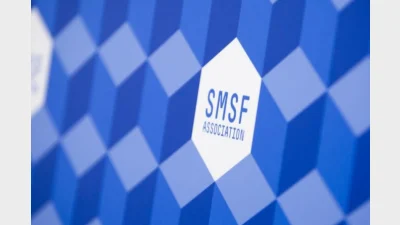Class Super launches contributions monitoring system


Software developer Class Super has launched a contributions cap monitoring system designed to ensure SMSF trustees stay within their caps.
Class Super chief executive Rajarshi Ray said other software providers rely on manual data entry, which means that SMSF administrators are only aware of cap breaches after the fact.
"Australia's SMSF holders must be confident that they aren't exposing their critical retirement funds to risk from poor administration practices and processes," said Ray.
Class Super's software uses cloud computing to enable "accounts data from almost 200 institutions to be automatically uploaded in real-time", said Ray.
The technology allows accountants, administrators and financial advisers to share information and "track payments to multiple funds against contribution cap limits", he added.
"Australia's $420 billion SMSF sector must move beyond retrospective fund management practices to ensure fund holders aren't exposed to unnecessary risks and additional taxation," said Ray.
The monitoring system also takes into account the Bring Forward rule, which is "an important strategy for many SMSF trustees", added Ray.
Recommended for you
The impact of identity theft and its threat to superannuation savings were highlighted in a case that went before the Federal Court at the end of 2023.
A recent NSW Supreme Court decision is an important reminder that while super funds may be subject to restrictive superannuation and tax laws, in essence they are still a trust and subject to equitable and common law claims, says a legal expert.
New research from the University of Adelaide has found SMSFs outperformed APRA funds by more than 4 per cent in 2021–22.
The SMSF Association has made a number of policy recommendations for the superannuation sector in its pre-budget submission to the government.













